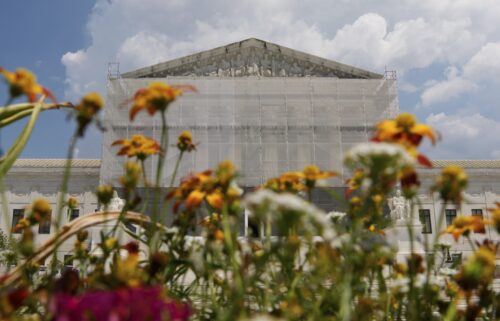This is how we should build on Mars, scientists say

If we make it to Mars, we’re not going to be able to bring everything humankind needs to stay for an extended period of time — or to construct colonies on the red planet.
In order to build shelters and manufacture tools, astronauts may only need to bring one key ingredient — with minerals in the lifeless Martian soil able to do the rest, a new study published Wednesday said.
The key ingredient is chitin — a fibrous substance that is a component of cell walls in fungi, the exoskeletons of crustaceans and insects, and the scales of fish and amphibians.
Chitin could be combined with surface soil by early Martian settlers to manufacture a new material without special equipment and using little energy, researchers from the Singapore University of Technology and Design said.
The chitin for use on Mars, the study said, could come from insects. Given their high protein content, insects could form part of the diet for a crewed mission. The authors said that the extraction of chitin would be a byproduct of the crew’s food supply and consumption.
To test their theory, the scientists combined chitosan, an organic polymer made from shrimp, and a mineral designed to mimic the properties of Martian soil.
The manufacturing process used water and some basic chemistry. The water, the study said, could be obtained from subsurface ice on Mars. Sodium hydroxide could be made from Martian soil. And acetic acid could be made from fermentation of microorganisms — such as food waste.
“It feels like concrete but much lighter. Very light rock,” said Javier Fernandez, an assistant professor at SUTD and coauthor of the study that published in the journal PLOS One.
The researchers then used the material to construct a wrench and a model of a Martian habitat, which they said demonstrated the material could enable the rapid manufacturing of objects such as basic tools and rigid shelters.
The wrench the scientists made wasn’t as strong as one made from metal, but Fernandez said it met NASA’s criteria for “non-critical space applications.”
Fernandez described the research as a proof of concept. The team didn’t test the items in conditions that mimicked Mars’ cold and dry atmosphere.
“We have a route to … manufacturing buildings to tools from 3D printing to mold casting with just one single material.”




